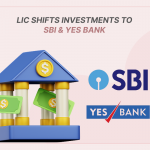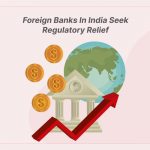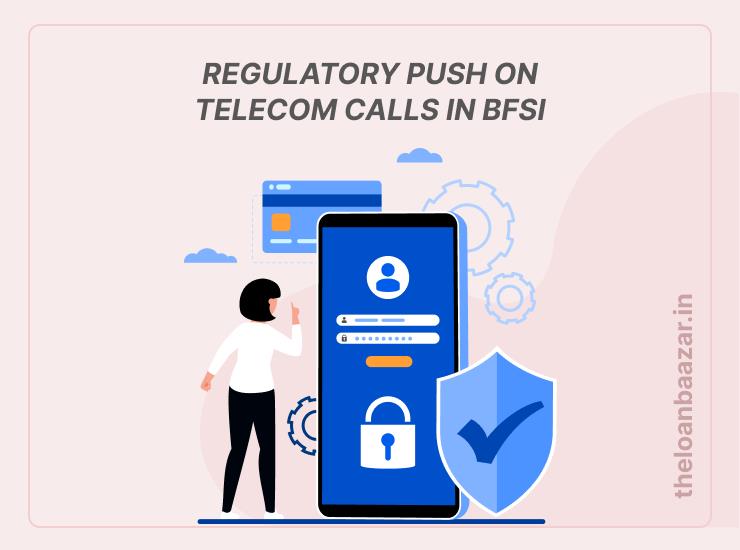India’s banking and financial ecosystem has been rapidly digitizing, but with this digital growth comes a rise in fraudulent calls, impersonation scams, and phishing attempts. To address these concerns and build customer trust, the Telecom Regulatory Authority of India (TRAI) has implemented a new regulatory mandate: all banks, NBFCs, insurance companies, and SEBI-regulated entities must use the “1600” telecom calling series for official outgoing calls.
This regulatory change strengthens the security framework for the BFSI sector and ensures customers can instantly identify legitimate calls from financial institutions.
Why the 1600 Calling Series Matters for BFSI in 2025
Fraudulent financial calls have surged in recent years, posing a risk to lakhs of customers. Many scammers impersonate bank executives, loan agents, or insurance representatives. To combat this, TRAI has made it compulsory for BFSI companies to adopt a verified numbering ecosystem.
1. Reduces Fake Banking Calls and Fraud
The “1600” series acts like a verified caller ID. When customers see this number, they know the call is genuinely from a bank, NBFC, or insurance provider. This significantly reduces scam attempts and enhances financial safety.
2. Builds Stronger Consumer Trust
Banks and financial institutions rely heavily on telecommunication for customer verification, loan processing, KYC calls, and service support. The 1600 series brings transparency and reliability, increasing user confidence.
3. Supports Digital Banking Transformation
As banking moves toward contactless verification, digital onboarding, and mobile-based lending, secure communication channels become essential. The new regulation creates a safer digital ecosystem for BFSI customers.
Key Highlights of TRAI’s Telecom Regulation for BFSI
TRAI has rolled out structured guidelines to ensure proper compliance within the BFSI sector. Here are the major components:
Mandatory Adoption of 1600 Series
All banks, NBFCs, SEBI-registered companies, mutual funds, stockbrokers, and insurance companies must transition to the new number series for transactional and service-related calls.
Deadlines for Compliance
Financial institutions must adhere to TRAI’s phased timeline. Failure to comply may result in penalties or service restrictions in calling systems.
Integration With Distributed Ledger Technology (DLT)
Telecom operators use DLT platforms to register verified callers and ensure only authorized entities can use the 1600 series. This eliminates spoofing and unauthorized call masking.
Improved Caller Identity Verification
This regulation enhances caller verification using:
-
Verified headers
-
Registered templates
-
Whitelisted call origins
-
Digital caller authentication
Impact of the New Rule on Banks, NBFCs & Insurance Companies
The adoption of the 1600 series is not merely a change in number formatting — it brings significant operational and technological changes.
1. Better Customer Communication Systems
Banks need better integrations with telecom operators to ensure smooth call routing and identification. This pushes BFSI companies to upgrade their internal communication systems.
2. Enhanced Fraud Protection Policies
The move encourages financial companies to adopt stronger fraud monitoring, call verification, and AI-based risk detection technologies.
3. Compliance Pressure on BFSI
Banks and NBFCs must align with TRAI’s deadlines, update their CRM systems, retrain staff, and audit their calling infrastructure.
4. Increased Collaboration With IT & Telecom Service Providers
Fintech, VoIP providers, cloud telephony companies, and IT service companies can use this opportunity to support BFSI clients with:
-
Secure calling systems
-
Verified communication solutions
-
API integrations
-
Fraud-protection software
Benefits for Customers and the Financial Ecosystem
The regulation focuses on making India’s digital finance ecosystem safer, more transparent, and more efficient.
1. Instant Caller Verification
Customers can immediately recognize that the call is legitimate, reducing hesitation and confusion.
2. Lower Risk of Phone-Based Scams
Scam calls will drop significantly because fraudsters will not be able to use or spoof the secure 1600 series.
3. Safer Digital Banking for Rural & Semi-Urban Users
Many first-time digital banking users are from Tier II–IV cities. The 1600 series will add trust to digital financial interactions.
How the BFSI Sector Should Strategize Going Forward
The new regulation is both a responsibility and an opportunity for BFSI institutions.
Action Points for Banks and Financial Companies
Update all customer communication numbers
Integrate CRM and call management software with the new series
Register verified headers on DLT platforms
Conduct customer awareness campaigns
Strengthen fraud-monitoring teams
Collaborate with cloud telephony providers
The Future of Telecom Communication in BFSI
As India strengthens its digital financial ecosystem, secure and verified telecom communication will become a cornerstone of customer trust. Over the next few years:
-
BFSI communication will be fully verified
-
Scam calls will reduce dramatically
-
Customer trust in digital banking will rise
-
Institutions will adopt AI-powered caller authentication
-
Government and telecom regulators will introduce further security layers
The 1600 series regulation is only the beginning of a safer, smarter financial communication environment.
Frequently Asked Questions (FAQs)
1. What is the TRAI 1600 series for BFSI?
It is a verified calling series mandated by TRAI for banks, NBFCs, and insurance companies to prevent fraud and help customers identify legitimate calls.
2. Why is this regulation important?
It protects customers from scam calls and ensures safer communication between financial institutions and users.
3. Do all banks have to switch to the new series?
Yes, all regulated entities including banks, NBFCs, insurance firms, and SEBI-regulated companies must adopt the 1600 series.
4. Will this affect customer service calls?
No. It will improve customer service because verified calls will build trust and reduce confusion.
5. Does this apply to promotional calls?
The primary requirement is for service and transactional calls, but promotional calls may also be regulated based on DLT verification rules.











